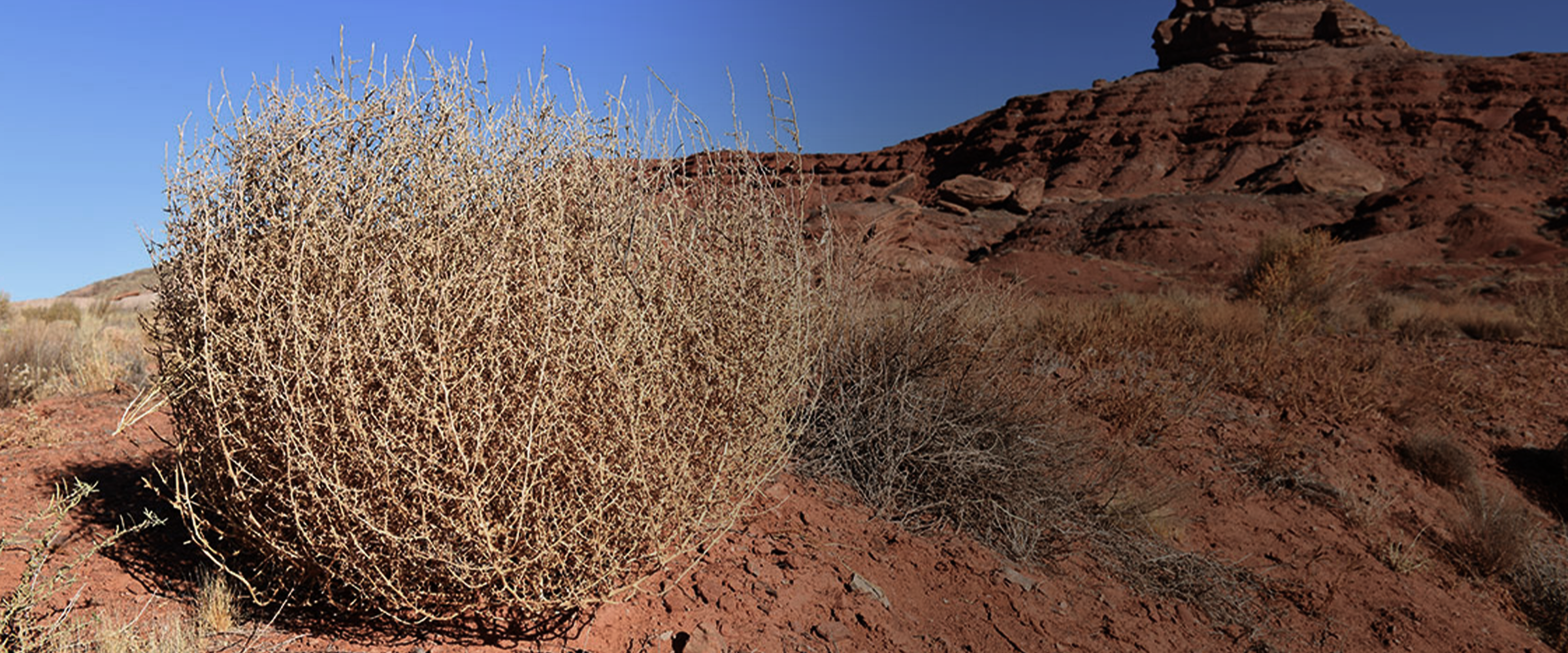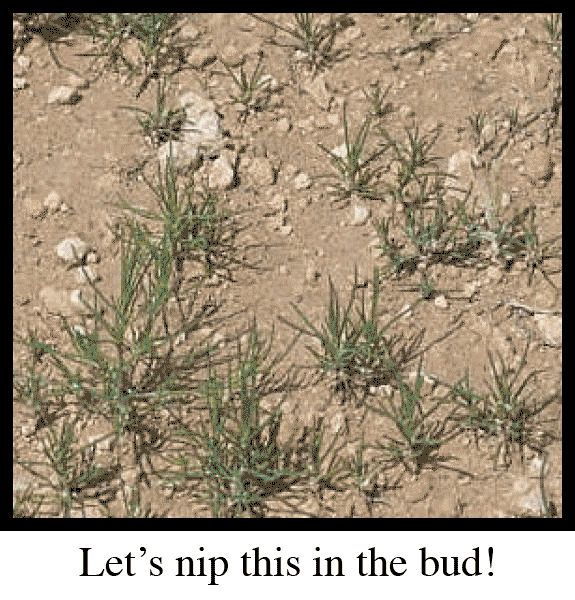
Tumbleweed
Aka Russian Thistle…
What is Russian Thistle?
Russian Thistle (Salsola tragus) is an annual plant that evolved in–wait for it–Russia. It was introduced to America in the late 1800s and thrives in dry, disturbed areas, making our Southwest a perfect home.

Why is Russian Thistle a problem?
Russian Thistle germinates early in the season and immediately sends a deep taproot into the soil. This allows it to box out native habitat and continue to grow through dry summers. In the fall, the plant dries up, releases from its root system, and tumbles across the landscape, spreading its seeds far and wide (up to 200,000 seeds per plant!).
These dried tumbleweeds can act as a moving ball of tinder, creating fire risks in the dry season especially when they collect along fence-lines or structures. Russian thistle can also absorb high levels of nitrates and oxalates, making it toxic to cattle and sheep. But that’s why we’re not DurangCows.
How can goats help?
Goats can help prevent the spread of Russian Thistle with a little help from their friends. (That’s us.)
Control of Russian Thistle can be accomplished through two factors. First, over 90% of seeds either germinate or decay in the soil in the first year. That means if we can prevent the plants from going to seed for one year, we can effectively eliminate the seed bank in the soil.
Secondly, Russian Thistle is not a problem in healthy landscapes where there is more plant competition. Native early season grasses and plants can shade out the sunlight that Russian Thistle needs to germinate. We can help this process along by dispersing native grass seed mixes over the ground, then allowing our goats to trample those seeds into the soil while they convert the Russian Thistle into grass-fertilizer, aka goat poop.
How do I start?
If you have Russian Thistle on your property, call or email us to schedule a site visit! Russian Thistle is only palatable to goats in the early phase of its life cycle so the sooner we can start the better.
Resources and References
How to identify Russian Thistle:
Sources on Russian Thistle:
University of California: “Pest Notes - Russian Thistle”
Colorado State University: “Identification and Management of Kochia and Russian Thistle”




